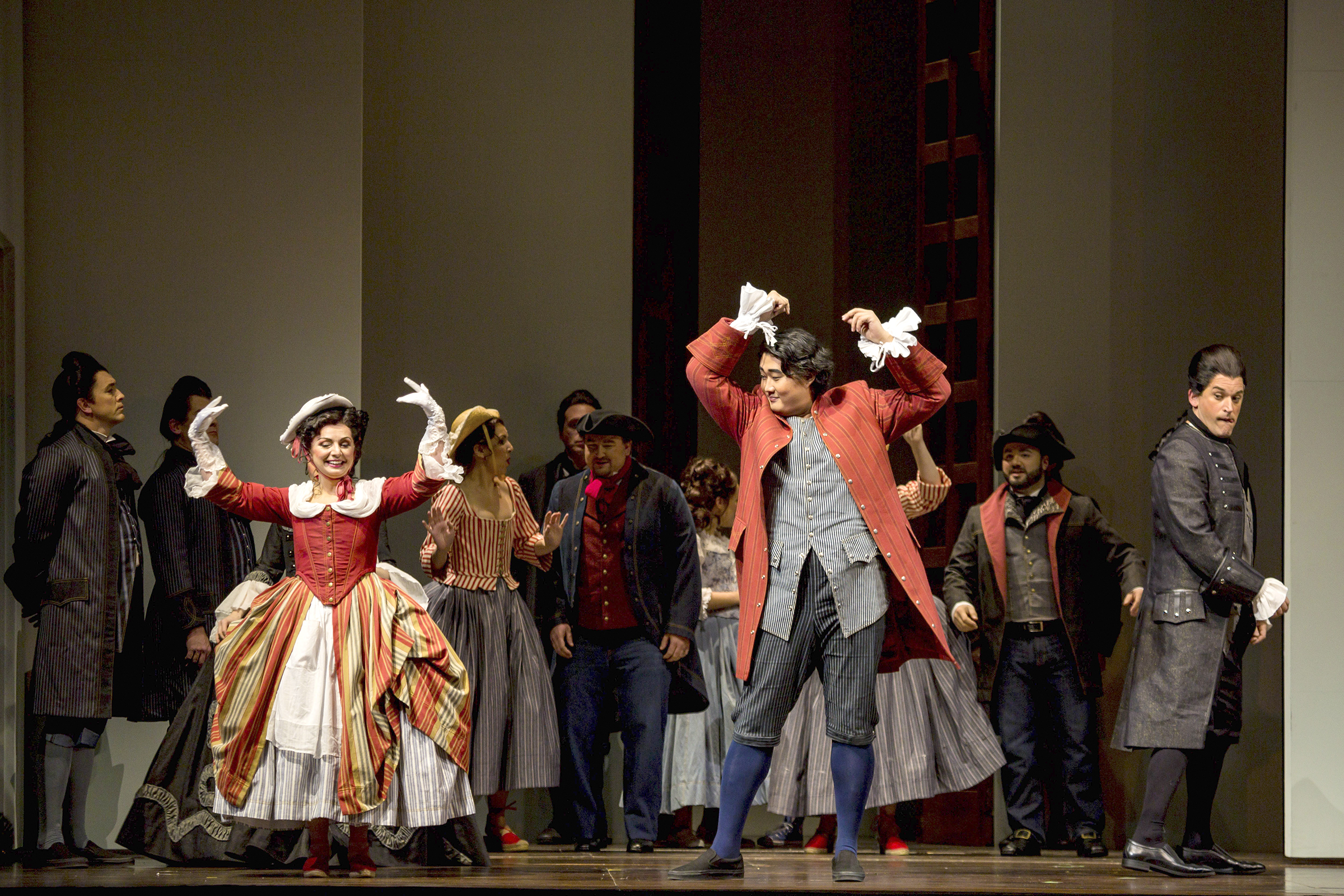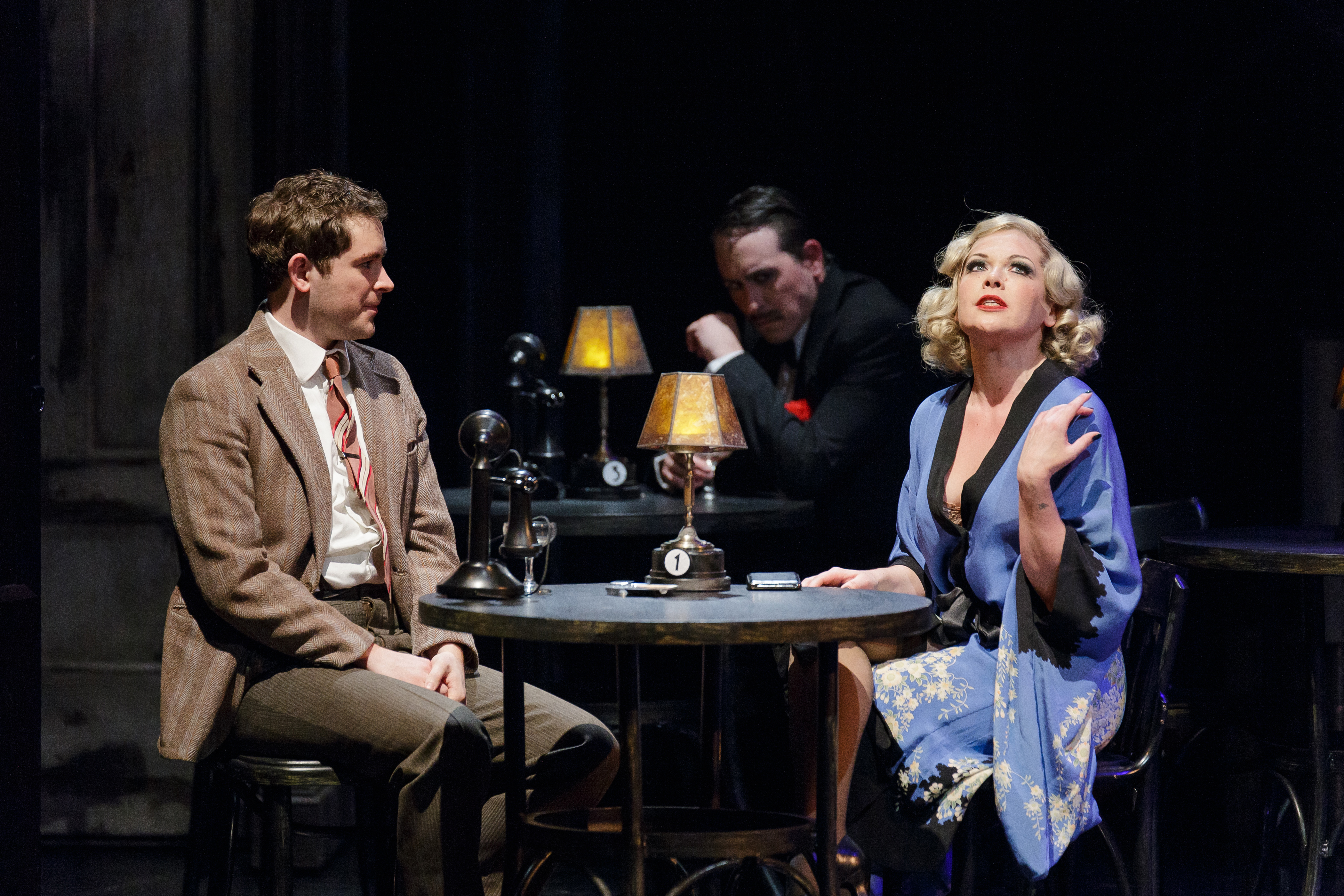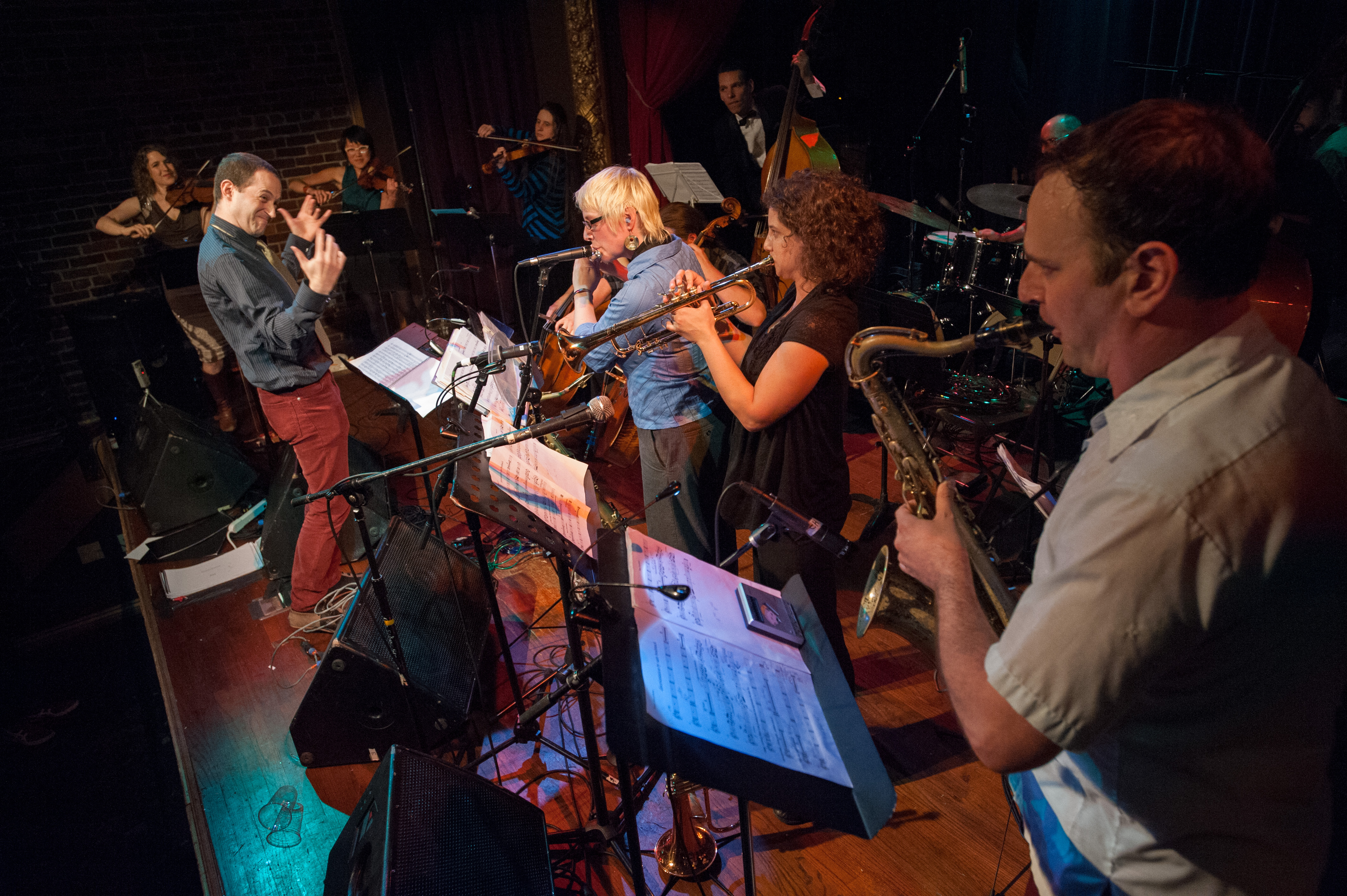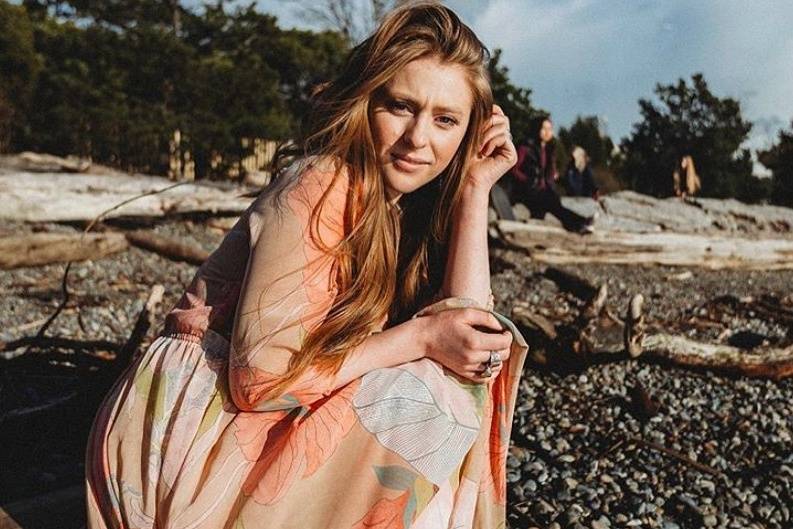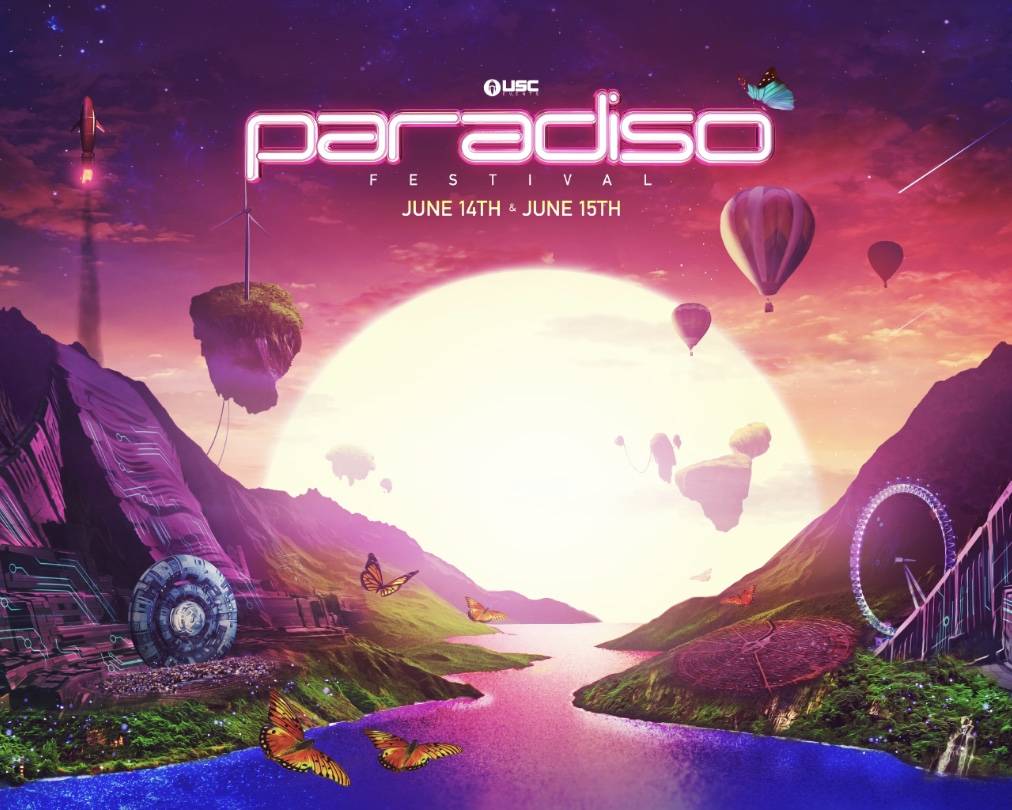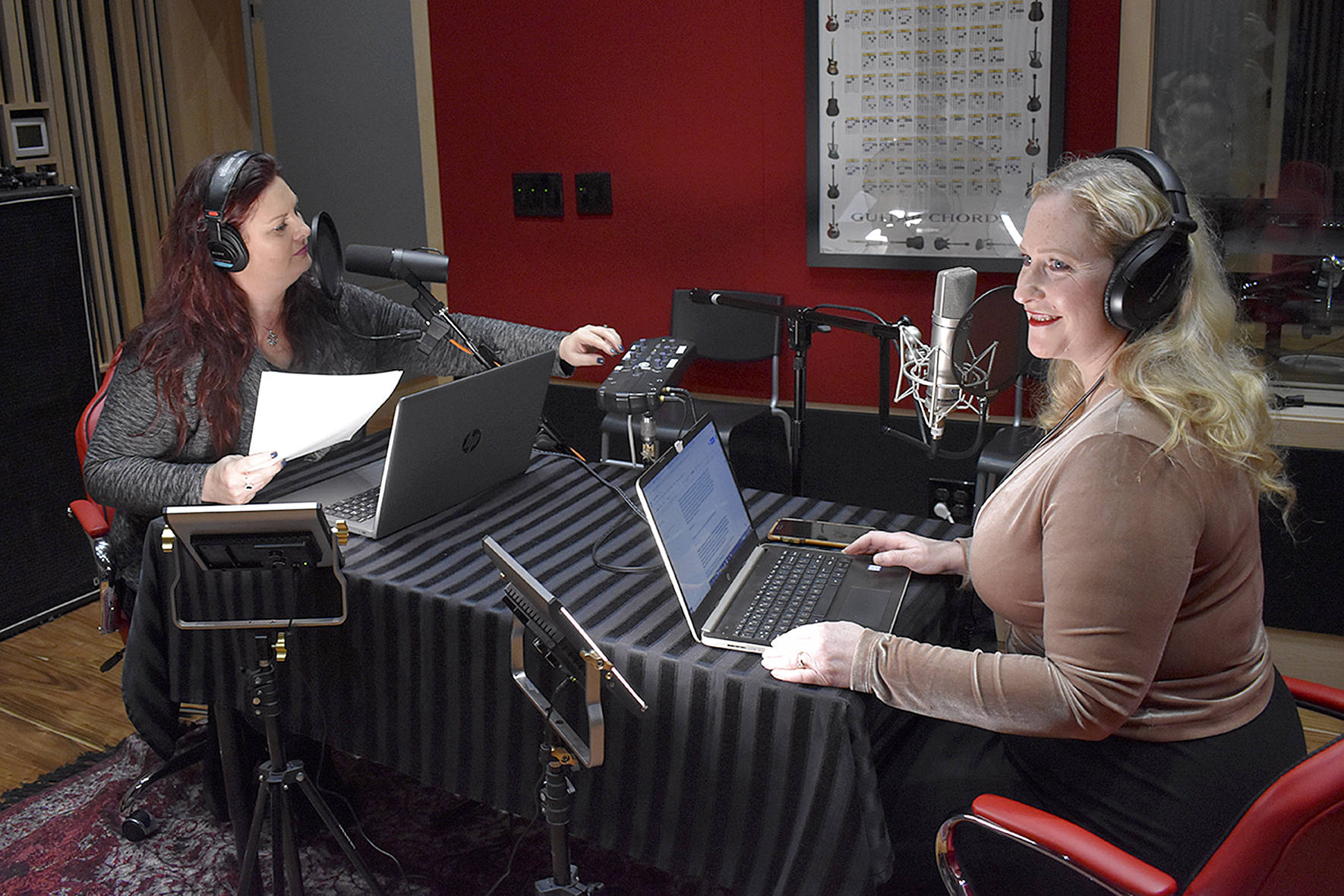“I am mortal, created in human form” is the opening line of Monteverdi’s 1640 opera The Return of Ulysses, a line which proves significant—ironically and otherwise—in the production that opened at the Moore last Wednesday.
For his new company’s debut, Stephen Stubbs, artistic director of Pacific Operaworks, invited South African artist William Kentridge to revive his staging of Ulysses—a collaboration with the South African Handspring Puppet Theater that premiered in Brussels a decade ago. Monteverdi took Ulysses’ years in exile after the Trojan War, and his return to his wife Penelope, as his plot, and opened the work with a framing device: Allegorical figures, Time, Love, and Fate, reflect on the story to come. Kentridge sets this prologue in a hospital, and presents Ulysses’ subsequent adventures as his memories as he lies in bed.
Accompanying the opera, projected on a screen, is a continuous montage of film and charcoal-drawing animation by Kentridge, full of medical images of mortality: gory surgery, X-rays, pulsing internal organs, sketches of charts and graphs. And seated above and behind the action—on a wraparound tier that makes the set slightly resemble an operating theater—is the seven-member orchestra, led by Stubbs on chittarone (a large lute) and including the cream of local early-music talent (Margriet Tindemans and Ingrid Matthews, among others).
The Handspring puppeteers wield beautiful, lavishly dressed puppets, four or five feet tall, each paired with a member of the opera’s singing cast. So “human form” is not actually the focus here. Don’t go expecting the sort of complex human/puppet interaction of The Lion King (or even Avenue Q!), in which the ingenious theatrical illusion of where the actors end and the puppets begin works on various, ever-shifting levels. Here the puppet use is rather rudimentary: They do all the “acting,” and the singers stand behind or underneath them.
And honestly? The puppets just get in the way. The singers (I almost want to say “unfortunately”) are top-notch. Ross Hauck (Ulysses), Cyndia Sieden (Love), and Sarah Mattox (Fate) are well-known to Seattle audiences, and the rest of the cast, brought in from across the country, is equally proficient in early music—no surprise, considering Stubbs’ worldwide reputation as a leader in the field. So it didn’t take long before the novelty wore off and I longed to see, for example, the wondrously expressive and regal soprano Laura Pudwell play Penelope herself, unencumbered, rather than watch her standing behind a mannequin moving its arm as she sings.
The puppetry creates an emotional distance that is never overcome. When Ulysses finally, movingly, proves his identity to his wife (by describing the tapestry on their bed, something only he could know), all the Penelope puppet can do to react to the end of their 20-year separation is raise her hands to her face. It’s not enough, and it’s a distraction, rather than an enhancement of the warm rush of feeling Pudwell—in the puppet’s shadow—provides at that moment. And though she and Hauck put their ardent all into it, the palpitating reconciliation scene that follows—in which by the end Ulysses, overcome by emotion, can sing little but “Si, si, si”—ends up a duet for wooden heads. By this time I found Kentridge’s concept flat-out unfair to both the singers and the piece.
Still, it’s a heartening debut for Pacific Operaworks: musically glorious, with an obvious willingness to try something different in the way of stagecraft. I’m eager to see what they get up to next. Imagine a company of the musical excellence of Seattle Opera, but lighter on its feet, more able to innovate and to embrace works too intimate for McCaw Hall or too unusual in their instrumental demands. This is good news for Seattle: the possibility of seeing a century of unexplored opera right up to the Handel, Gluck, and Mozart works that mark the earliest extent of Seattle Opera’s repertory.

